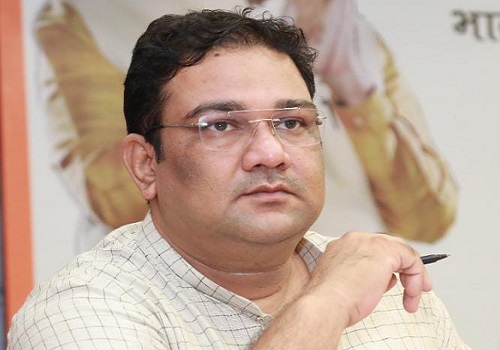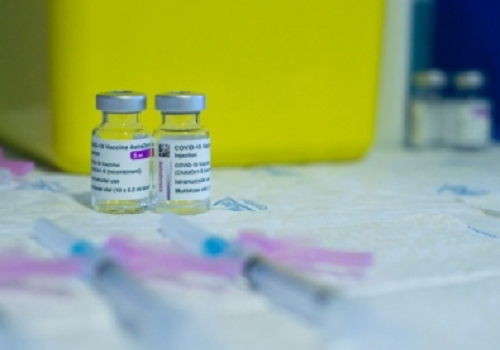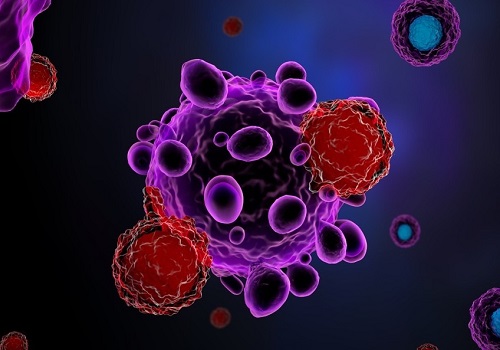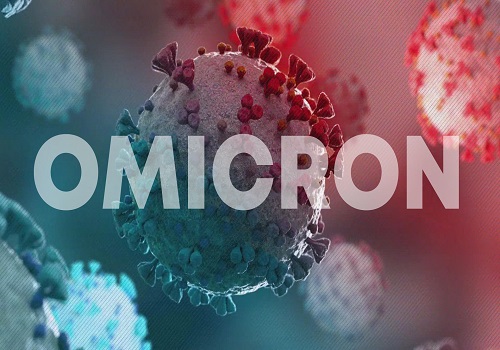This new technology aims to detect early-stage Alzheimer`s
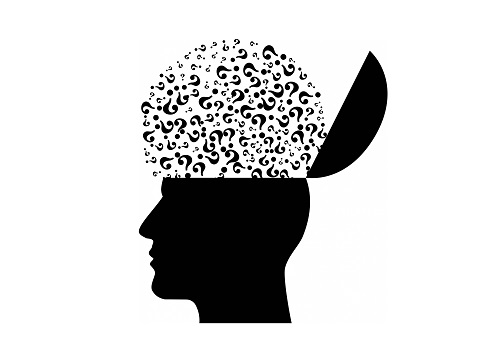
Follow us Now on Telegram ! Get daily 10 - 12 important updates on Business, Finance and Investment. Join our Telegram Channel
A team of researchers is developing a "dual-mode brain-sensing device" that detects Alzheimer's disease (AD) quickly and effectively, a new report has said.
According to UTA (University of Texas at Arlington), Hanli Liu, a bioengineering professor, will be the principal investigator of the project "Digital biomarkers for Alzheimer's Disease with compact dual-mode brain sensing".
She says "what we are doing in this project is developing a quick and comfortable method to measure metabolic, hemodynamic and electrophysiological (MHE) activities in the human brain".
"The proposed development enables us to identify digital neurophysiological biomarkers. After we cross-validate them, they can be used for accurate detection of Alzheimer's in each patient as well as for screening for the early phase of AD," she added.
This device records data from near-infrared (NIR) spectroscopy, as well as from dry/wireless electroencephalograms (EEG), according to the report.
In spectroscopy, NIR light is absorbed and emitted by the human cortex, while in electroencephalography, electrical activity in the brain reflects dynamic neural activity.
This multifunctional device will be able to measure a variety of brain-health parameters, such as cerebral metabolism, cerebral blood volume, cerebral oxygenation, brain oscillation powers and functional connectivity and neurovascular coupling, the report added.
The Alzheimer's Association estimates that 50 million people worldwide, including more than 6 million Americans, suffer from Alzheimer's disease and other types of dementia.
Among all types of dementia, AD kills more people than breast cancer and prostate cancer combined. AD and other types of dementia cost $355 billion in 2021, a figure that is expected to rise to more than $1 trillion by 2050, said the report.






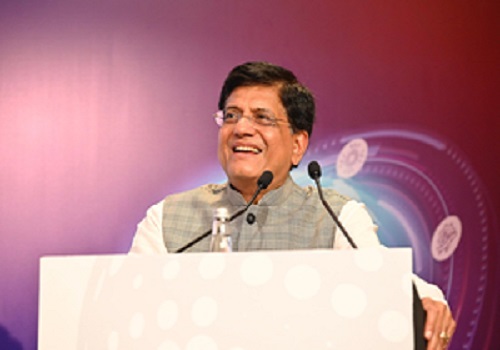

.jpg)










